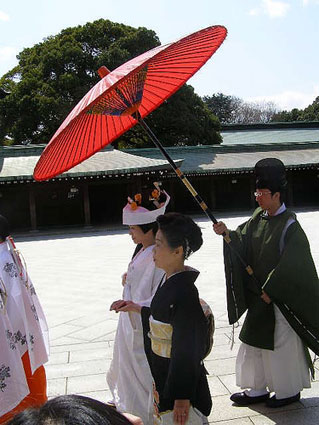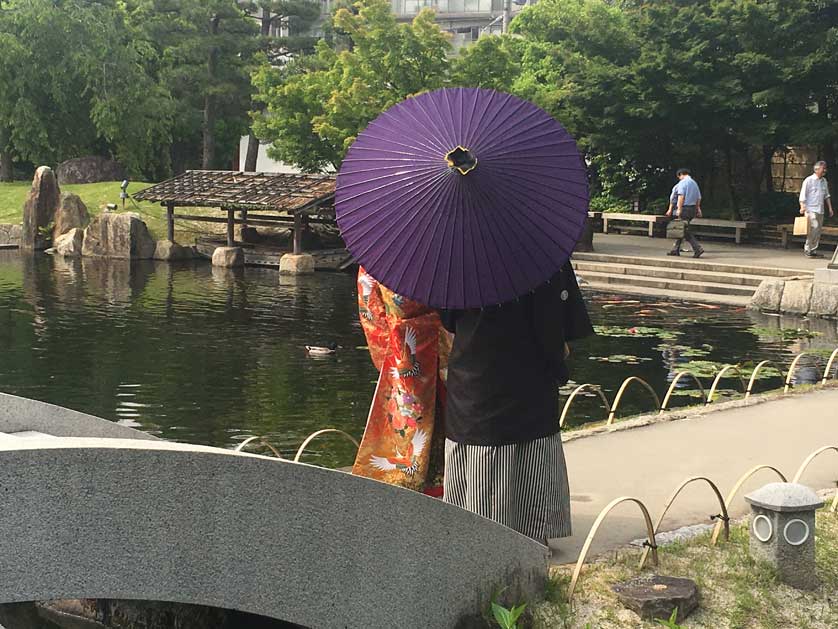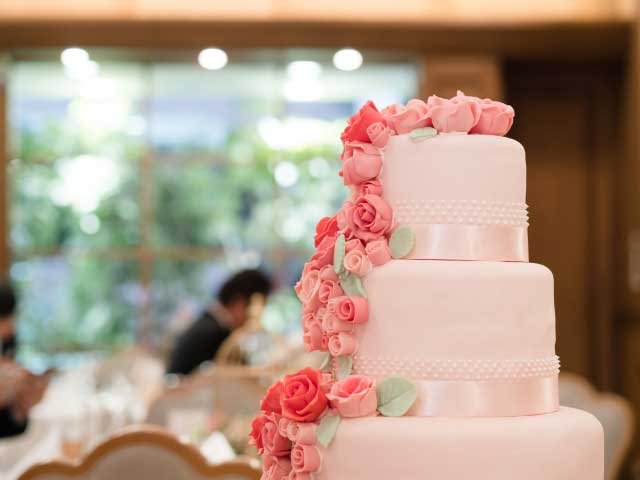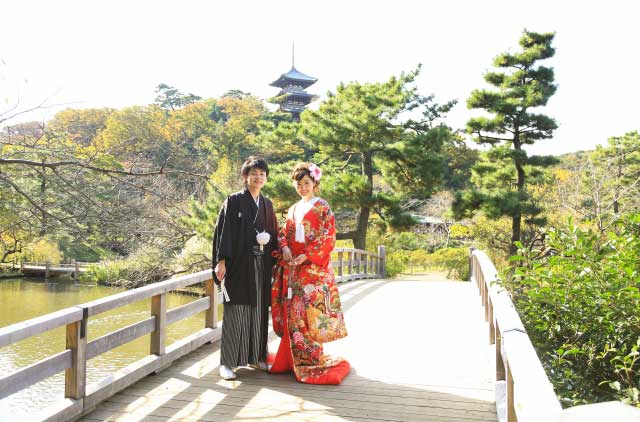Japanese wedding: honoring traditions while embracing modern influences
Traditional Japanese weddings blend ancient customs with contemporary style, creating a unique and meaningful celebration of love. Most couples today opt for a mix of Shinto rituals, Western elements, and modern practices to craft their perfect wedding day. Key aspects of a Japanese wedding include the Shinto ceremony, sake sharing, traditional attire, and gift-giving customs that honor the couple's heritage while embracing their future together.
Shinto wedding rituals: connecting the couple with the gods
Shinto is Japan's native religion, and many couples choose to incorporate Shinto rituals into their wedding day. The ceremony takes place at a shrine, where a priest purifies the couple and offers prayers to the gods. The bride and groom then perform symbolic offerings, such as a sacred branch called tamagushi, to seek blessings for their marriage. These ancient rituals create a spiritual and solemn atmosphere, connecting the couple with the divine and their ancestors.
Another important Shinto ritual is the san-san-kudo, or the nuptial cups. The bride and groom take turns sipping sake from three cups of different sizes, representing their past, present, and future together. This ritual solidifies their bond as husband and wife in the eyes of the gods. Family members may also participate in the san-san-kudo, symbolizing the union of two families.
The significance of the sake-sharing ceremony in Japanese weddings
The sake-sharing ceremony, known as san-san-kudo, is a crucial part of a traditional Japanese wedding. This ritual involves the bride and groom taking three sips each from three cups of sake, which represent the couple's past, present, and future. The first cup symbolizes gratitude for their ancestors, the second represents their commitment to each other, and the third expresses their wish for a happy future together.
In some cases, the parents of the bride and groom also participate in the san-san-kudo, further strengthening the bond between the two families. This age-old tradition is a beautiful way to honor the couple's love and unity, while also paying respect to their heritage and the gods who watch over their marriage.

Traditional Japanese Wedding Ceremony at a Shinto Shrine
Choosing an auspicious wedding date: the role of the Rokuyo calendar
In Japan, selecting an auspicious wedding date is of utmost importance. Many couples consult the Rokuyo calendar, a traditional six-day calendar that assigns each day a level of fortune. The most favorable day is Taian, meaning "great peace," which is highly sought after for weddings. On the other hand, Butsumetsu, the day Buddha died, is considered the most inauspicious and is generally avoided.
Some wedding venues even offer discounts for couples who choose to marry on a Butsumetsu day. While younger generations may not place as much importance on the Rokuyo calendar, many parents still consider it when helping their children plan their wedding. Choosing a lucky date is just one way Japanese couples seek to ensure a blessed start to their married life.
Traditional Japanese wedding attire for the bride and groom
One of the most striking aspects of a Japanese wedding is the traditional attire worn by the bride and groom. The bride typically wears a pure white kimono called a shiromuku, symbolizing her willingness to be "dyed with the groom's family color." This elaborate kimono is adorned with intricate embroidery and accompanied by a white headpiece called either a wataboshi or tsunokakushi.
The groom wears a black kimono called a montsuki, which bears his family crest in white. This formal attire is completed with striped hakama trousers and a haori overcoat. These traditional garments are often rented rather than purchased, as they can be quite expensive. Some couples choose to change into Western-style attire for the reception, with the bride donning a white wedding gown and the groom wearing a tuxedo.

Bride and groom pose for photographs in traditional kimono
Gift-giving etiquette: monetary gifts and wedding favors
Gift-giving is an essential part of Japanese wedding etiquette. Guests are expected to bring a monetary gift called goshugi, which is presented in a special envelope called a shugi-bukuro. The amount given depends on the guest's relationship to the couple, with close friends and relatives typically giving around ¥30,000 (approximately $300) and colleagues or distant relatives giving ¥10,000-¥20,000.
In return, the newlyweds provide their guests with wedding favors known as hikidemono. These gifts can range from small items like sweets or tatami coasters to more substantial presents like high-end tableware or gift catalogs. The hikidemono is a way for the couple to express their gratitude to their guests for celebrating their special day.
The evolution of Japanese wedding receptions: from formal sit-down meals to after-parties
Japanese wedding receptions have evolved over time, blending traditional elements with modern trends. In the past, receptions were formal sit-down affairs, with guests seated according to their relationship to the couple. Today, many receptions have become more relaxed, with a mix of Western and Japanese cuisine, speeches, and performances.
One unique aspect of Japanese weddings is the practice of nijikai, or after-parties. These more casual gatherings often take place at a separate venue, such as a restaurant or bar, and allow the couple to celebrate with a wider circle of friends. Nijikai may include games, karaoke, and more opportunities for the newlyweds to mingle with their guests in a laid-back setting.

Capturing the moments: the unique approach to wedding photography in Japan
Wedding photography in Japan is a unique blend of formality and creativity. Many couples opt for traditional posed shots at the shrine or in front of scenic backdrops, wearing their formal attire. These photographs serve as timeless mementos of their special day.
However, modern Japanese couples are also embracing more candid and artistic styles of photography. Some choose to have a separate photo session before or after the wedding day, allowing them to capture more relaxed and intimate moments in various locations. This approach ensures that the couple has a diverse collection of images to cherish for years to come, showcasing both the formal beauty and the genuine emotion of their wedding day.










